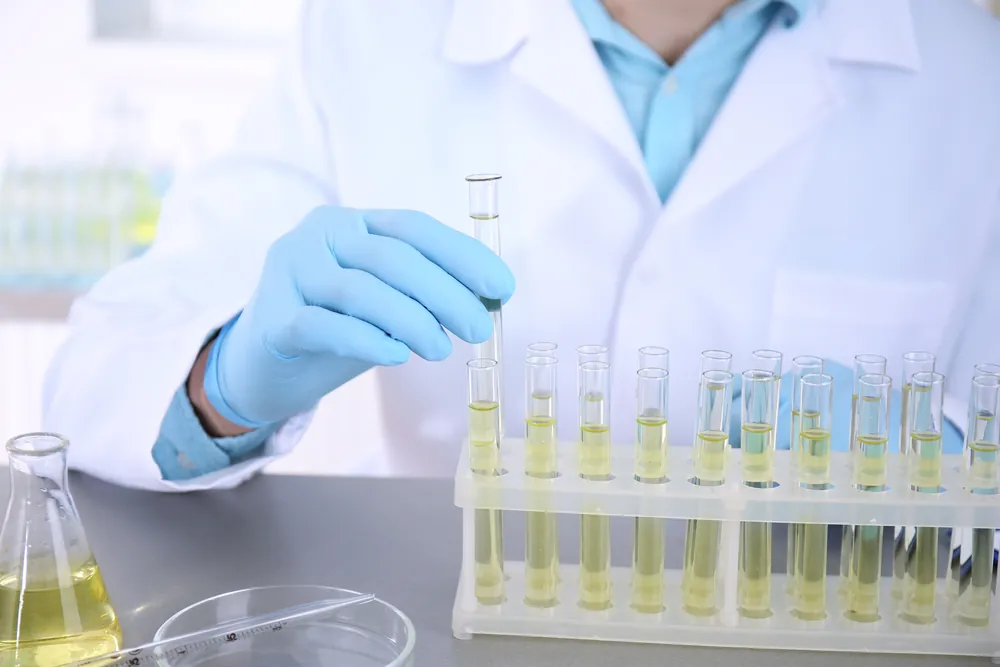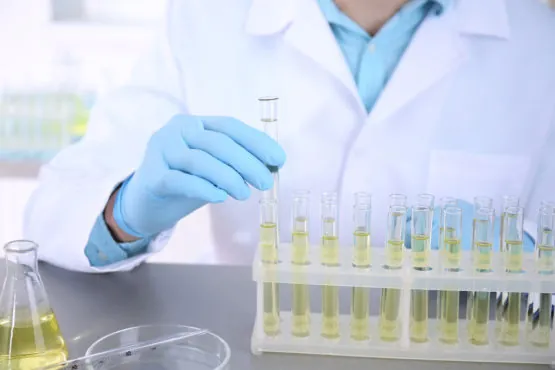A potential new biomarker of aging has been discovered by researchers. This substance, found in urine, indicates oxidative damage that could be used to determine how much someone has aged biologically.
Why do we need biomarkers of ageing?
It is important for us to develop accurate and reliable biomarkers of aging, as these can show us how much we have aged biologically rather than chronologically. If we know how we are aging on a biological level, it can help to inform our healthcare strategy.
For example, it might help to predict our risk of developing certain age-related diseases as well as our likely life expectancy. Having this information could allow us to address problems sooner and potentially improve our health and lifespan by making lifestyle changes or starting treatment earlier.
There is an urgent need to develop accurate and cost-effective aging biomarkers in order to determine the efficacy of nascent therapies that target the aging processes; without suitable biomarkers, it will be difficult to prove that something has worked in order to get it approved for public use.
Ideally, a number of reliable biomarkers would be used to create a panel that can accurately assess the efficacy of a treatment. This makes it a must to identify cost-effective and practical aging biomarkers.
Oxidative damage markers
The new study has identified a new potential biomarker that is linked to oxidative damage and could be cost-effectively measured via urine samples[1].
One of the ways in which we age and our cells become damaged is through the action of free radicals. These oxygen byproducts are produced within the cell during normal metabolism. In particular, the mitochondria, the power plants of our cells, create these free radicals as they produce energy.
These free radicals then bounce around the inside of our cells, striking the cellular components and potentially damaging them. A strike to DNA, RNA or mtDNA, for example, can cause damage that leads to cell dysfunction. As we age, our levels of free radicals rise, and so we experience more oxidative damage. This damage then leaves oxidative damage markers, and this is the basis of the research here.
The researchers have identified 8-oxo-7,8-dihydroguanosine as a biomarker that results from oxidation of RNA. In a previous mouse study, the researchers found that 8-oxo-7,8-dihydroguanosine increases in urine with age. So, quite simply, as more oxidative damage is experienced, more 8-oxo-7,8-dihydroguanosine is expressed in urine.
It works in humans too
To test if this also applied to humans, the research team measured 8-oxo-7,8-dihydroguanosine in human urine samples from 1,228 people aged 2 to 90 years old. To do this, they used a very fast testing technique called ultra-high-performance liquid chromatography. Sure enough, they discovered an age-dependent increase of urinary 8-oxo-7,8-dihydroguanosine in people aged 21 years old and over.
The team also noted that the levels of 8-oxo-7,8-dihydroguanosine were similar between men and women, the exception being post-menopausal women, who had a higher level of the biomarker. The researchers believe that this may be due to the decrease in estrogen during menopause, as estrogen is an antioxidant.
Conclusion
8-oxo-7,8-dihydroguanosine could be an effective biomarker of aging, as it is a potentially cost-effective and fast way to determine the biological age of a person. This sort of biomarker is an invaluable tool in anti-aging research.
Literature
[1] Gan, W., Liu, X. L., Yu, T., Zou, Y. G., Li, T. T., Wang, S., … & Cai, J. P. (2018). Urinary 8-oxo-7, 8-dihydroguanosine as a potential biomarker of aging. Frontiers in Aging Neuroscience, 10, 34.



